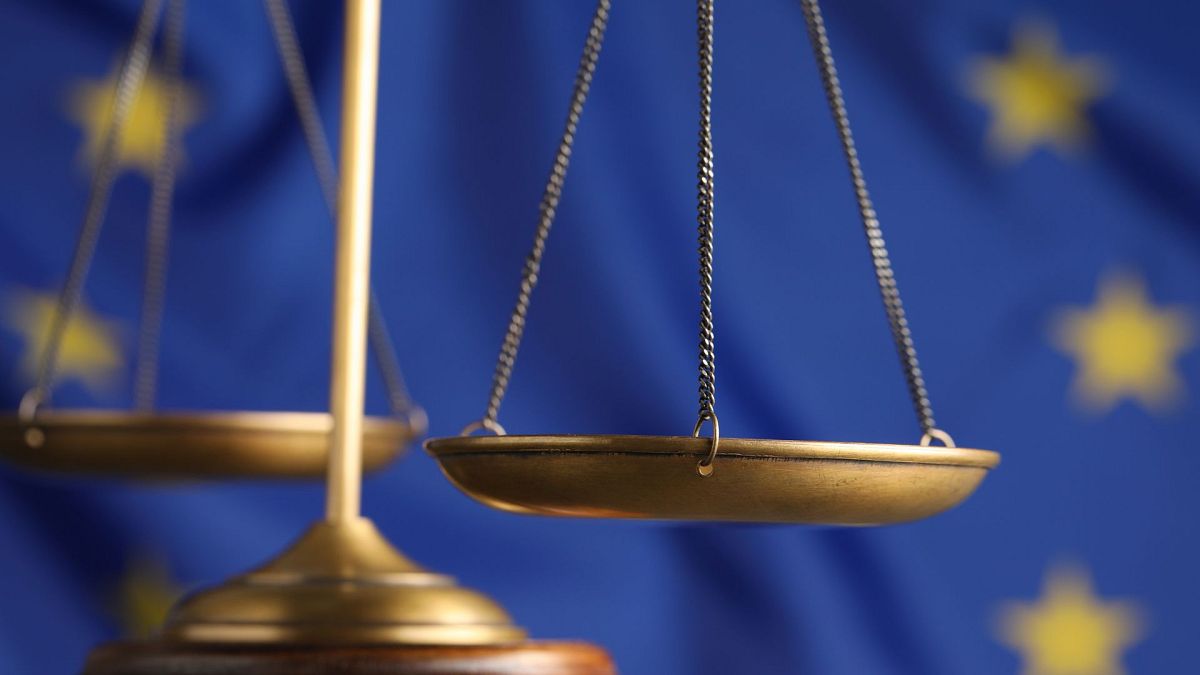New figures show that European countries spend only a pittance on their justice systems compared to their investment in the rest of the public sector.
Like with all public sector spending, justice budgets across Europe have had to face significant economic hardship in recent years caused by global factors such as the COVID-19 pandemic and Russia’s full-scale invasion of Ukraine.
The financial crunch has exacerbated court backlogs and staff shortages in many countries.
New statistics from the Council of Europe’s European Commission for the Efficiency of Justice (CEPEJ), which also included Morocco and Israel and was based on information from 2022, show that the continent only spends about 0.31% of its GDP on justice, amounting to €85.40 per inhabitant per year on average.
The commission found that wealthier countries like Switzerland, Monaco and Luxembourg generally allocate a higher budget to the justice system, sometimes exceeding €200 per inhabitant.
But less wealthy countries such as Montenegro, Ukraine and Bosnia and Herzegovina, on the other hand, devote a higher percentage of their GDP to justice.
The CEPEJ said this reflects a greater effort concerning their economic resources.
It warned that the figures shouldn’t be seen as a ranking, but rather a comparison of countries that allows trends to be identified.
Most of the justice budget across Europe is spent on the courts, about two-thirds, with a quarter going to public prosecution and 11% on legal aid.
While the amount spent on the former two has gone up by 11.74% and 18.75% respectively, there’s been a 16% decrease in legal aid spending since 2020, according to the Council of Europe.
“Wealthier countries (with a GDP per inhabitant of over €20,000) generally invest more in legal aid, with an average of 24% of the judicial budget allocated to legal aid, compared with just 3% in less wealthy countries,” the CEPEJ said.
Legal aid is available in all 46 member states, but the conditions for obtaining it vary. In some countries, specific categories of people, such as victims of domestic or sexual violence or asylum seekers, automatically benefit.
Women well-represented in justice
In 2022, Europe had an average of 22 judges, 12 public prosecutors and 180 lawyers per 100,000 inhabitants.
However, there are huge disparities between countries due to differences in judicial systems and other factors, such as whether a country employs lay judges or not.
Across Europe as a whole, there are more women judges and prosecutors than men, with the balance tipped female at 57% and 54% respectively.
“However, the glass ceiling is still a reality, even if it seems to have begun to crack, with the proportion of women in the highest positions continuing to rise,” the CEPEJ said.
As for salaries, the gross income of judges is 2.5 times higher on average than the average national salary at the beginning of their career and 4.9 times higher at the end of their career.
On the other hand, according to the Council of Europe, the gross salary of public prosecutors at the beginning of their career is on average 1.9 times the average national salary, with the ratio rising to 3.7 at the Supreme Court level.
In terms of access to justice, 44 Council of Europe countries offer free online access to legal texts and case law, but only three (France, Luxembourg and Spain) do not require the payment of court fees in either civil or criminal cases.
The number of courts continues to decline, but alternative dispute resolution mechanisms and digital solutions are increasing, and in general, courts are getting more efficient across the continent.
The Council of Europe said that the theoretical time taken to process a case has decreased overall compared with 2020, when the COVID-19 pandemic broke out, but this depends on the type of case and the level of jurisdiction.

